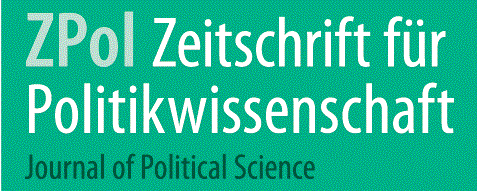In 2013, three prominent aerospace firms in Mexico were facing the scarcity of skilled technicians: GNK Aerospace in Baja California, Tetakawi Maquiladoras in Sonora and Bombardier in Querétaro. With 287 aerospace firms already in Mexico and an expected 14% annual export growth, or $12.3 bn by 2021, the firms needed immediate access to a pool of skilled technicians. They addressed this challenge by approaching local schools in order to design new training schemes that would take into account the specific needs of the industry.
This has been made possible by a recent national pilot program on dual vocational systems, a variation of the so-called vocational German Dual System (GDS), developed together by the Ministry of Education, the Business Chamber and the German Embassy in Mexico. The newly created training schemes have formally linked aerospace firms with technical schools. Firms pro- vided state-of-the-art equipment, trained the school instructors and updated the curricula. In return, the schools offered flexible academic programs to students who received training from both, the school and the firms themselves, in the form of paid apprenticeships. Even though the new training schemes in the three locations were independent from each other, they all responded to the pressure to keep up with the increasing demand for skilled technicians in the aerospace industry. They also showed key lessons about transposing German Dual Vocational Systems to developing regions.
Reports from major airline firms and industry analysts show a positive growth trend for commercial aircraft in the next 20 years. As orders for new planes are placed about 10-15 years in advance, the industry can easily predict its future growth. For example, in 2013 Lufthansa placed orders for 100 aircrafts type A320s ($10 bn), 25 and 34 aircrafts type A350s and 77-9s respectively ($17 billion); Ryan Air has placed an order for 175 aircrafts type 737s ($17 bn); and the largest order was made by Emirates, Etihad, Qatar for the manufacturing of 265 planes type 777s and 787s ($200 bn). Thus, the world’s commercial fleet (20,310 aircraft in 2012) will growth at a 3.3% annual rate for the next 20 years, with a delivery forecast of 1,422 new planes for 2015.5 In nominal terms, this represents a total demand of $4.5 trillion, or approximately 31,000 to 35,000 new aircrafts for the next 20 years.
Demand for commercial aircraft varies according to the type of plane: aircraft over 100 passengers, which can be widebody (2 aisle) or single aisle; regional jets, business jets, freight and helicopters. In terms of value, demand for the next 20 years for widebody aircraft ($2.5 tn) manufactured only by Airbus and Boeing is closely followed by single aisle planes ($2.3 tn) where Canadian Bombardier and the Brazilian Embraer have a niche market. Freight represents a much smaller market ($0.2 tn), but with equivalent annual growths forecasted. Regional jets, business jets ($0.1 tn) and helicopters seem to be important niche markets for specific firms, such as UTC, Cessna, Dassult, Gulfstream, Hawker, Airbus Helicopter and Bell Helicopters among others. Exhibit 1 shows the Demand for Commercial Aircraft for the next 20 years according to size and type.
The factors that contributing to current growth in commercial aircraft deal with the replacement of outdated aircrafts, the increasing volume of leisure and business travel in the Middle East and Asia-Pacific regions, the appearance of low-cost airlines and the increasing demand of aircrafts in China and India. In addition, economic growth, increase urbanization, a growing middle class and growing transportation needs due to migration, tourism and international student travel are the general factors which have contributed to the growth of demand.
Autoren
Diese und weitere Fallstudien finden Sie hier auf regierungsforschung.de in der Rubrik “Fallstudien” oder auf www.reformkompass.de.
Zitationshinweis
Aragon, Edgar (2015): Aerospace Clusters and the German Dual Vocational System. Published in: Regierungsforschung.de. Available online: https://regierungsforschung.de/aerospace-clusters-and-the-german-dual-vocational-system-addressing-the-lack-of-skilled-technicians-in-emerging-regions/







